Helen Richey broke barriers, but her life was tragic.
In the early years, the journey into aviation was rough for women. They faced serious discrimination from male counterparts and had to fight for their place in the sky. Many ladies helped pioneer women in aviation, including Amelia Earhart, who became a household name, but Helen Richey was the first woman to become a commercial pilot.
Her story is one of a courageous underdog, passion, and pursuit of dreams, but also tragic darkness. She was born in 1909 in Pennsylvania and was drawn to the sky at an early age.
”It’s what I want to do with my life”
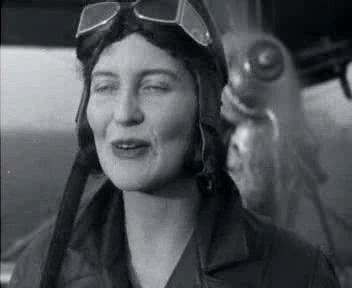
Richey had a knack for mechanical and technical things. Like most avgeeks, she grew up looking skyward any time she heard a plane, and frequented her local airstrip. Her first plane ride was on top of sacks of mail, tagging along with a friend and meeting other famous pilots, including Ruth Elder and Ruth Nichols. Richey was awestruck at seeing Nichols fly in, welcomed by journalists, photographers, and autograph-seekers.
In her biography, “Propeller Annie”, author Glenn Kerfoot stated that she told a friend, “I’m going to fly. I’m going to be good enough to earn money at it, too. It’s what I want to do with my life.”

Her father wanted her to become a teacher, but Richey and her mother convinced him to support her dream. At 20, she enrolled in flying school and flew her first solo after only six hours of instruction. She earned her pilot’s license just two months later.
Entertaining, but not taken seriously
In a 1939 story with The Pittsburgh Press, Richey recalled her flight training. “The boys were skeptical of my joining the class at first, but no one really resented my being there. They kept me on my toes. Nothing delighted them more than to catch me on a difficult problem. I studied twice as hard so I wouldn’t give them that pleasure. When they saw I was trying to be a good sport and was sincere about flying, they accepted me as one of them.”
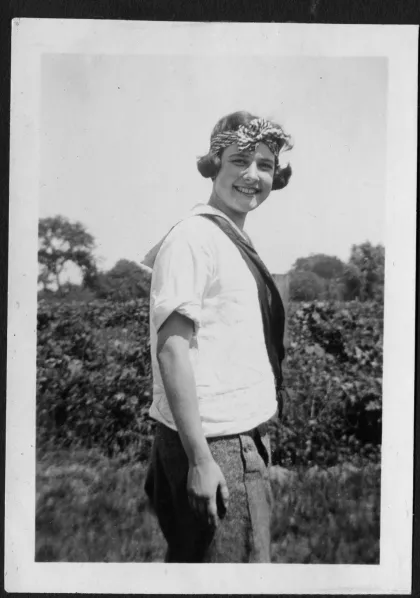
Getting licensed to fly didn’t mean much for a career, especially not commercial, but you have to start somewhere. The same story reported that officials set up her final test for her license as nothing more than an entertainment program. Something to watch but not take seriously.
Making a name for herself: First Woman Commercial Pilot Helen Richey
The romance of the skies was blooming in the 1930s. Flying was a rarity, and records were being made and broken regularly. The press loved reporting on aviation and the public was excited to hear about it, especially if it involved women.

Richey’s first plane was an open-cockpit biplane, financed by her father. It wasn’t long before she started making a name for herself. She began flying aerobatic demos at an air show and found a place in barnstorming and air racing, which was in vogue back then. She won numerous trophies and competitions, including the Amelia Earhart Trophy at the Cleveland Air Races in 1932.
Richey, however, was just getting warmed up. She wanted a major record, and tagged up with another lady in late 1933, pilot Frances Marsalis, to make it happen.
Into the record books
Richey and Marsalis’ goal was to break the record for the longest time in-flight without landing to refuel. A cosmetics company called Outdoor Girl sponsored them. They chose a 1929 Curtiss/Curtiss-Robertson Model 56 Thrush as their aircraft.

They took off from Miami and flew for 10 straight days over south Florida. Each lady took turns flying. Pilots Jack Loesing and Fred Fetterman flew another plane to provide supplies and fuel, using a basket on a tether to airdrop food, water, items for repairs, oil, suntan lotion, and rubbing alcohol.
Many Amazing Feats In The Skies
They refueled them 83 times, which was very risky business. Marsalis called it “wrestling with a cobra in a hurricane.” The ladies had to climb out of a hatch, grab the dangling fuel nozzle in the wind, and get it into their gas tank without spraying all over them or the engine, hitting them in the face, or damaging their plane, which is exactly what happened… twice.
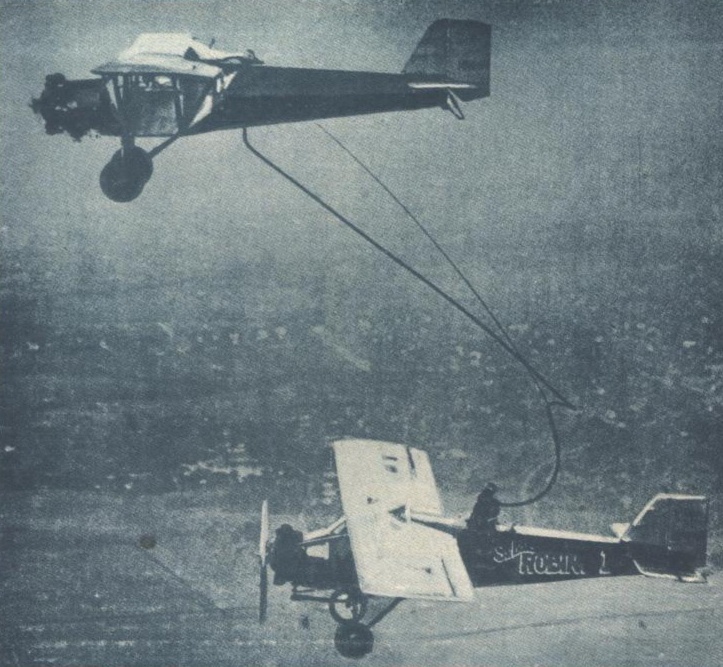
The first incident occurred when the fuel nozzle hit the plane and punctured the protective cloth on the airframe. Richey leaned out of her cockpit and sewed it up. The second incident almost forced them to land when a supply basket ripped a hole in the wing. Richey climbed out onto the wing to fix that too and saved the flight.
Some newspaper photographers even caught a flight to capture the ladies, finding a naked Richey suntanning in the cockpit. The Associated Press reported that Marsalis then dove the plane into the clouds, hiding Richey as she put her clothes back on.
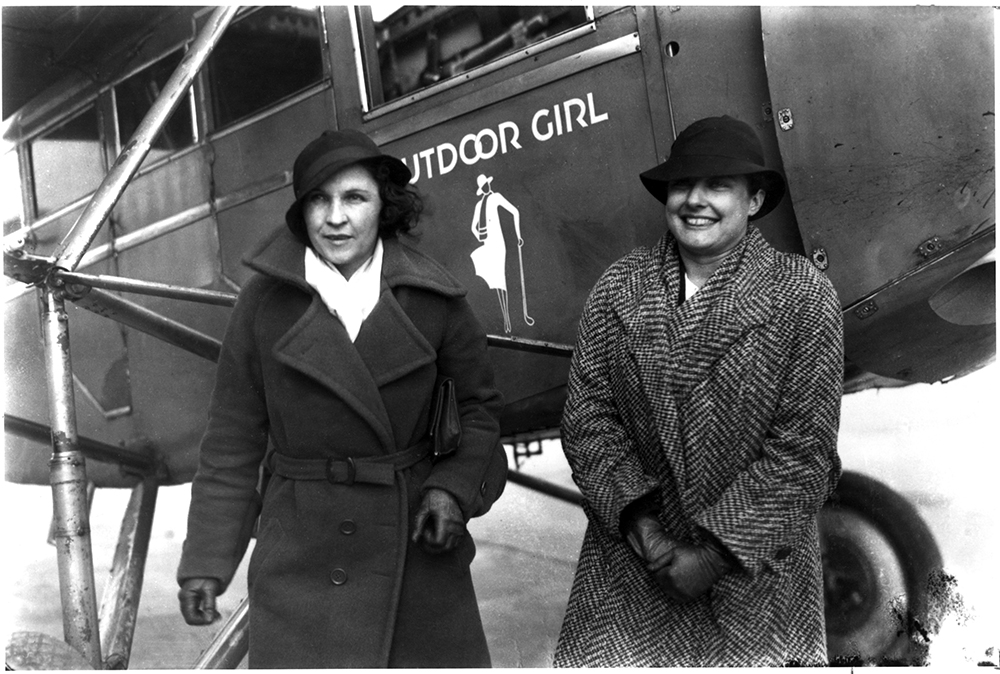
They landed in Miami after flying non-stop for 23,700 miles in 211 hours and 5 minutes, beating the previous record by 13 hours. Amelia Earhart sent her personal congratulations.
Sadly, Richey watched Marsalis die the following year in an air race accident. Richey won that race, but went into depression afterward, walking away from stunt flying and racing.
A dream realized, but only as a publicity stunt
She wanted to do less risky flying, and still had her ambitions fixed on becoming a paid commercial pilot. In 1934, she applied with Pennsylvania Central Airlines, which was competing for contracts with another carrier. They saw her as a positive publicity opportunity and hired her to draw attention to the new airline.
Her first commercial flight occurred on the last day of the year, flying a Ford Trimotor to deliver mail and passengers from Washington, D.C. to Detroit. It wasn’t long, however, before the discrimination against her would pressure her into resigning.
Resentment and Hurdles for Richey
Men in the company resented her being paid to fly and threatened to go on strike. The company only gave her a dozen flights through the first half of 1935, and Richey was only flying twice a month.
Even worse, the federal Bureau of Air Commerce strongly encouraged the company to restrict her to only daytime flying, and only in good weather. They didn’t, however, suggest that for any men.
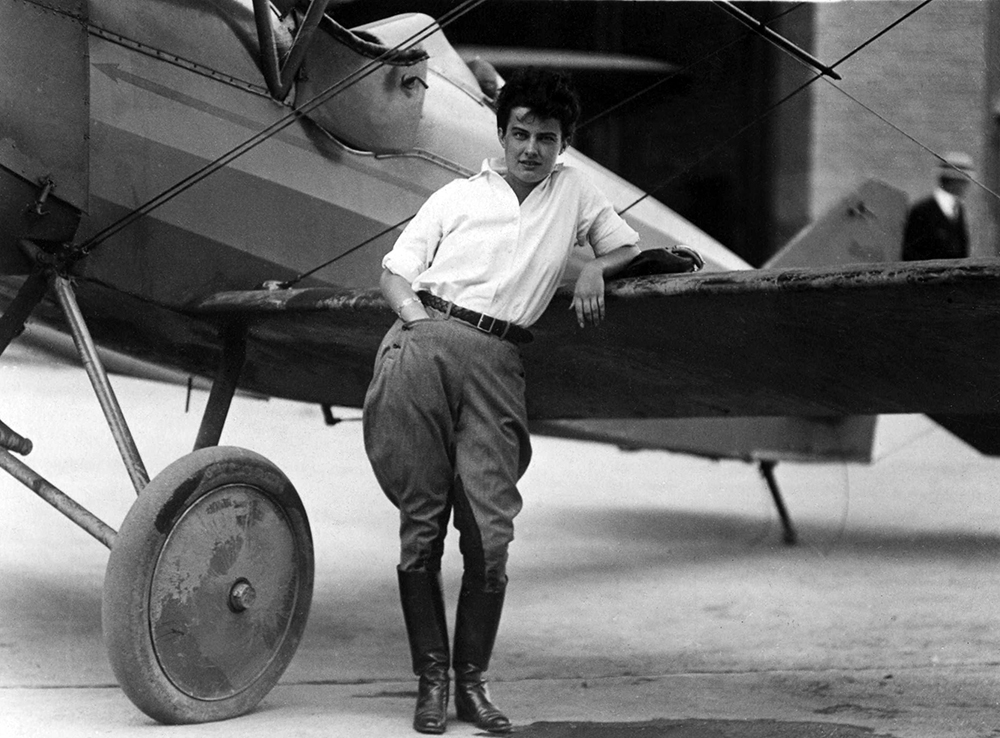
Despite this, and despite the press being patronizing of her accomplishment, Richey played it straight and took the blows. “My getting this job was constructive, not sensational. It makes it easier for other women fliers,” she told the media. “Flying isn’t physically tiring. You just have to know your air and navigation. We follow the radio beam all the way. We get frequent weather reports. There’s no guesswork. If fog settles over our next stop, we fly on or return. Our tank carries enough gas. Doesn’t it sound routine? It is.”
However, her male counterparts continued to give her the cold shoulder, and the Air Line Pilots Association refused to accept her membership.
Then The Story Broke
That’s when newspaper reporter Ernie Pyle broke the news that Richey’s hiring was a sham from the start, and the Department of Commerce was in on the scheme. She was only supposed to be employed a couple weeks, before being transferred into another role.
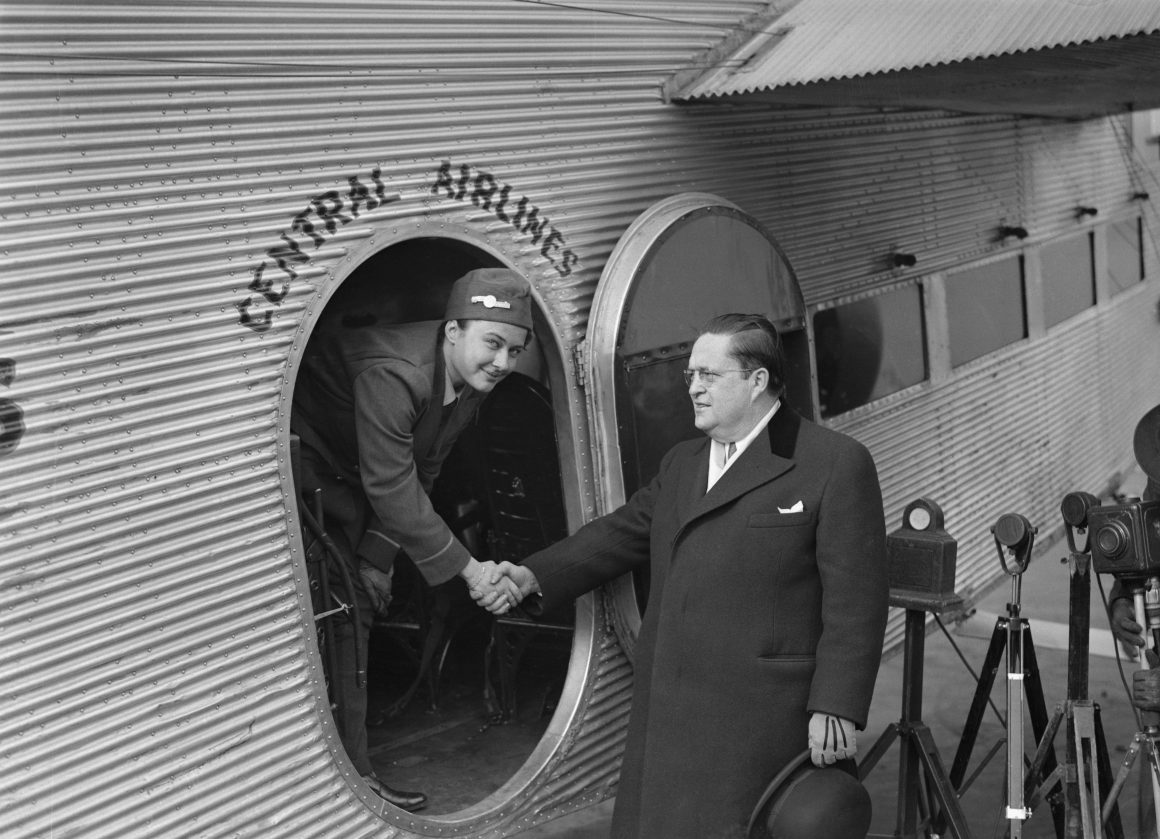
However, they underestimated the attention her hiring would bring. When the Commerce Dept asked why Richey was still flying after 2 weeks, Pyle reported that the airline’s president feared public “indignation.” He believed letting her go could backfire against the company.
That’s why they, instead, just limited her flying, more and more, in the hopes that the public would forget. When Pyle broke the news on the scheme, Richey declared she would not tolerate being a “fair weather flier.” She quit.
Richey kept flying elsewhere
Helen Richey focused on flying elsewhere. She soon joined the Bureau of Air Commerce, marking rooftops with location and directional information to assist other pilots. She even set two more records in 1936: piloting a lightweight single-seat plane to 18,448 feet (over 1,000 ft above the old record) and setting a women’s speed record for light planes.

Richey also joined Earhart in the 1936 Bendix Air Race. They flew in Earhart’s Lockheed Electra, the same plane in which Earhart and Fred Noonan vanished over the Pacific Ocean in 1937. Richey and Earhart finished 5th in the race.
In 1940, Richey became the first woman to earn her instructor’s license and became an instructor for air cadets. She then joined the American wing of the British Air Transport Auxiliary (ATA) in 1942, ferrying aircraft and materials from factories to frontline airbases around the British Isles.
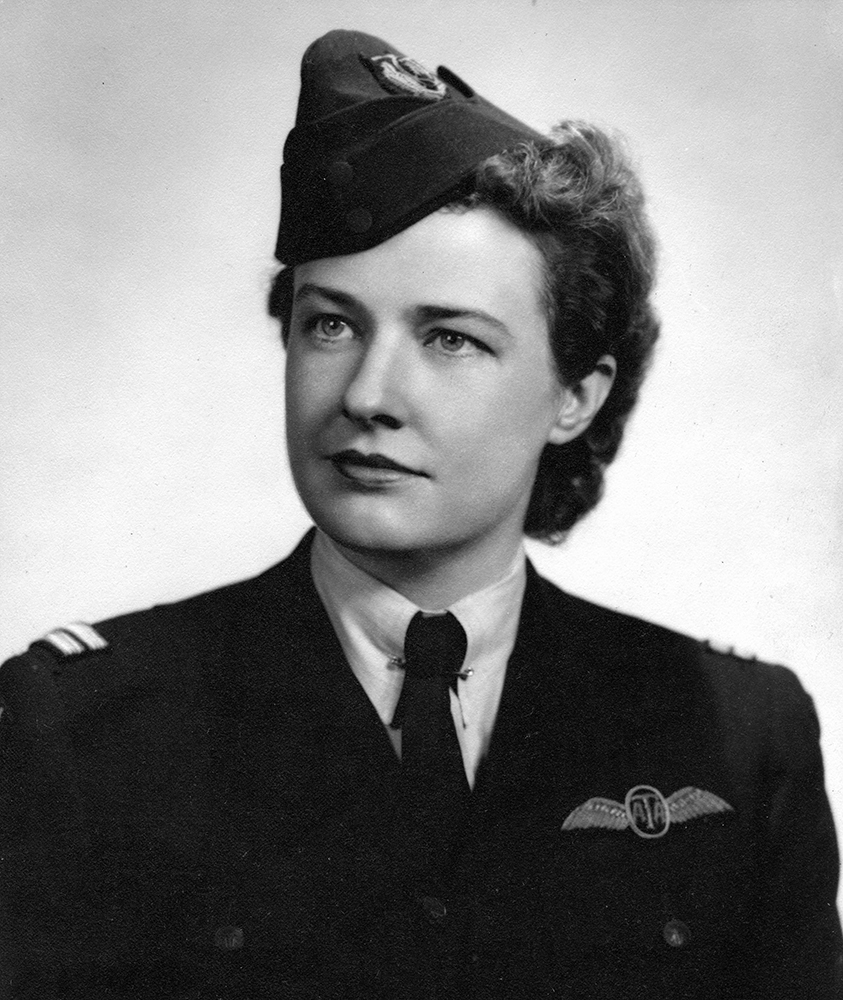
Ernie Pyle, who became close friends with Richey, later remarked that she flew 10 different types of British airplanes and delivered more than 50 Spitfires. Pyle said Richey likened flying the Spitfire to “flying in a beautiful dream.”
She returned to America in April 1943 to be with her ill mother and joined the famous WASPs (Women’s Air Force Service Pilots). Richey was assigned to New Castle Army Air Base, where she logged more than 300 hours ferrying fighter planes, heavy bombers, and cargo planes between bases throughout America and Canada. She even taught other men how to fly.
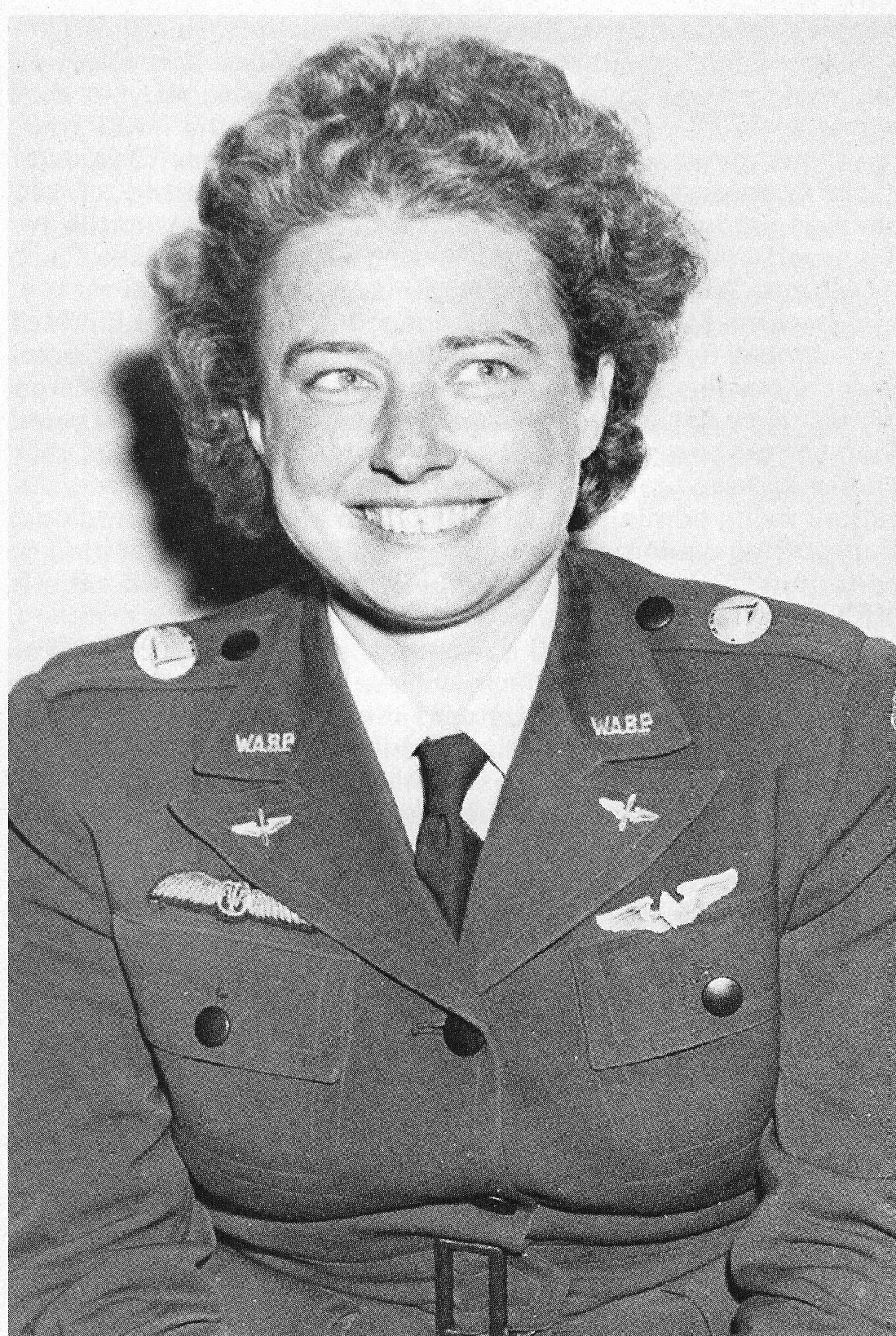
The end of World War II left Richey without any paying pilot jobs
The sun, however, was setting on the WASPS and World War II. The WASPS were disbanded, and the war was soon over, leaving Richey again out of a job. Except now, the market was flooded with thousands of male military pilots returning from service to civilian life.
Unable to live her dream of an employed aviator, Richey became a ghost, locked away in her apartment to alcohol and books. Her friends tried to help her find work after the war, but Richey stopped showing interest. Her sister Lucille recalled that she had become quiet, depressed, and disconnected from her life.
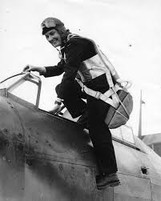
On January 7, 1947, at just 38 years old, Richey was found dead in her New York City apartment, after a friend tried to contact her the day prior. She was found in her bed, with an empty glass next to her. Toxicology tests confirmed that she had ingested an excessive amount of sleeping pills. Her death was ruled an apparent suicide, although there is no way to know if it may have been accidental.
Richey’s Feat Would Not Be Repeated Until The 1970s
It was not until 1973 that another American woman became the first female to fly for a major U.S. airline.
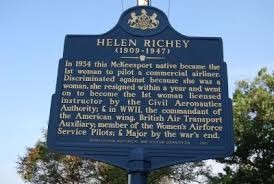
As Richey’s marker in McKeesport, Pennsylvania, reads, she is an inspiration for women in the aviation field all over the world who have faced discrimination or want to be pilots or work in the flight industry.
